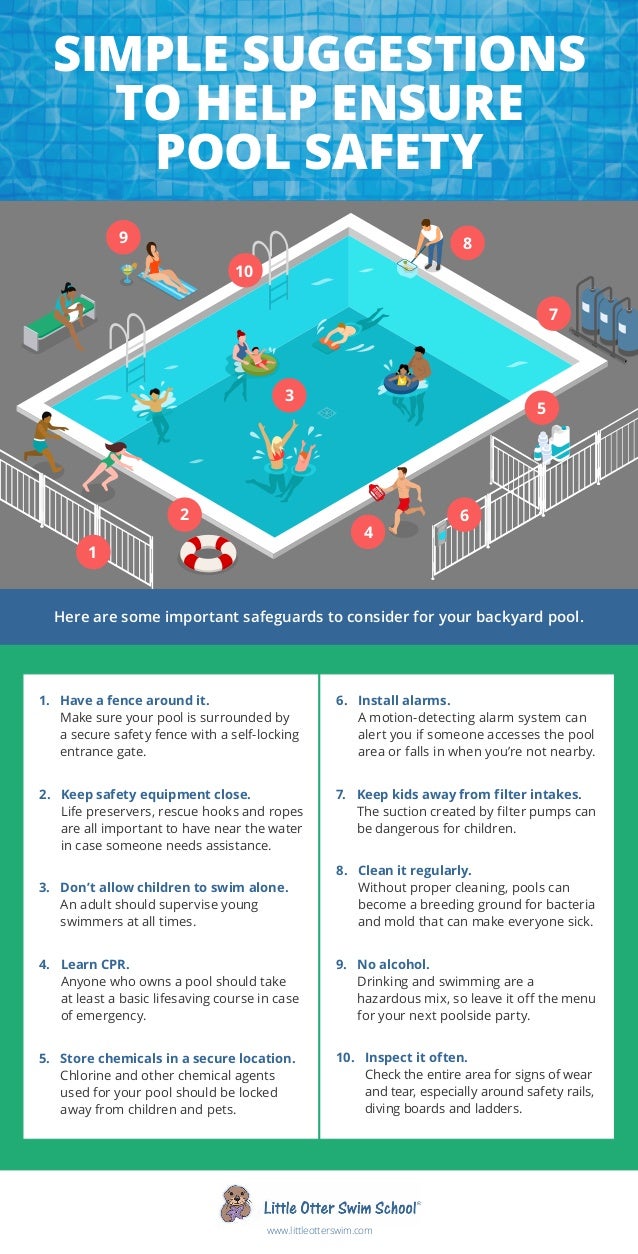Disclosure: This post may contain affiliate links, meaning we get a commission if you decide to make a purchase through our links, at no cost to you. Please read our disclosure for more info.

In This Post:
Let your kid discover water surrounding
“Catch the fish” exercise
Blowing bubbles
Plunging adventures
First swimming “steps”

Pool Safety Checklist created by Little Otter Swim School, a kids swim school.
